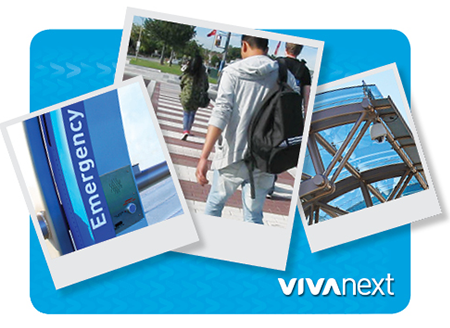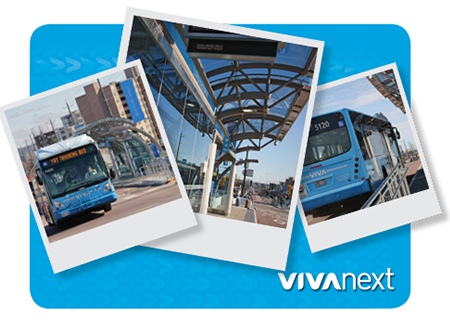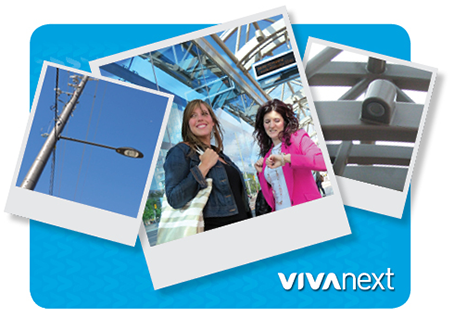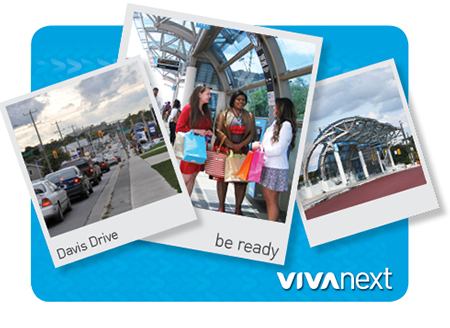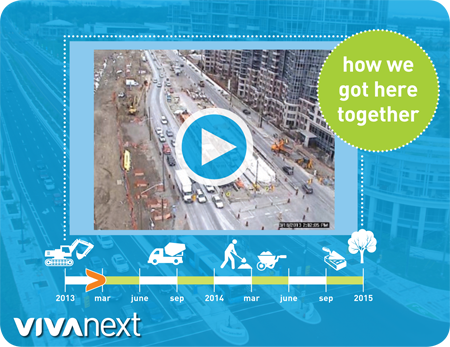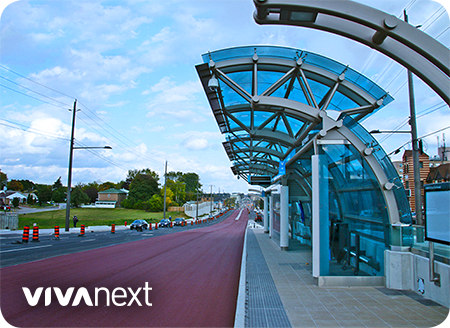In Newmarket, Davis Drive and Yonge Street are where many will choose to work, live, commute, shop and dine in the future. To set the stage for this, the new sidewalks along the Davis Drive rapidway have been built to be visually appealing and welcoming, as well as functional. Tree-lined sidewalks with attractive landscaping are part of the new streetscape design being built in York Region. Streetscape sets the appearance and ‘feel’ or character of a street, and this is connected to the overall experience. It also creates a distinct sense of place, identifying the area as a welcoming destination.
The new pedestrian spaces feel wide and separated from the traffic, and are separated into three zones: pedestrian zone, furnishing zone and transition zone. The pedestrian zone is paved with light-coloured pavers near intersections, and coloured accent bands – red for east-west and dark grey for north-south. The paving patterns stay consistent across driveways to remind drivers that pedestrians have the right of way.
The furnishing zone is where all the tree and shrub planters are located, and is paved in light coloured pavers. The transition zone is smaller, running between the planters and the road, acting as an extra buffer from traffic, and a place for snow storage in winter. This zone uses “eco-pavers” that allow water to seep through to the storm sewer system.
We’ve taken special measures to ensure Davis Drive is safe and welcoming to everyone, and the new streetscape will help make it a vibrant and memorable place, where people want to gather.


